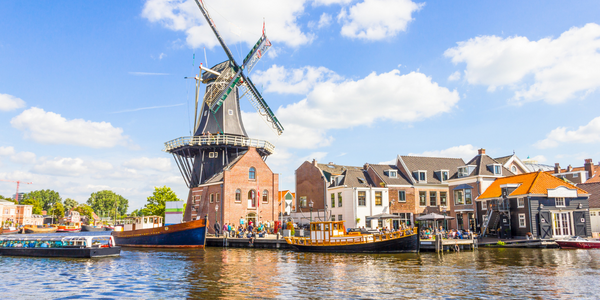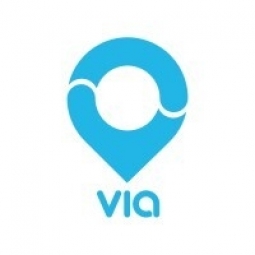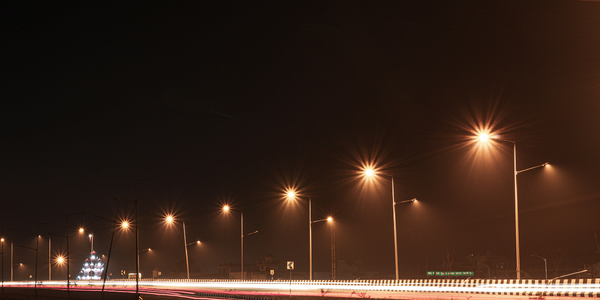技术
- 功能应用 - 车队管理系统 (FMS)
- 基础设施即服务 (IaaS) - 公共云
适用行业
- 城市与自治市
- 运输
适用功能
- 物流运输
用例
- 自主运输系统
- 智慧城市运营
服务
- 系统集成
关于客户
本案例中的客户是德国第六大城市斯图加特的公共交通运营商 Stuttgarter Straßenbahnen AG (SSB)。由于城市道路上私家车数量过多,导致空气污染频繁发生,SSB 面临着挑战。为了缓解这一问题,SSB于2018年推出了按需服务。然而,该服务需要大幅扩展和升级才能有效满足城市的交通需求。因此,SSB于2021年与Via合作增强服务,推出SSB Flex 2.0。
挑战
德国斯图加特是该国第六大城市,该国道路上私家车数量过多,导致空气污染频繁发生。该市的公共交通运营商 Stuttgarter Straßenbahnen AG (SSB) 于 2018 年推出了一项按需服务来解决这一问题。然而,该服务需要大幅扩展和升级,才能有效满足城市的交通需求。面临的挑战是加强现有服务,以提供全市范围的交通覆盖,特别是在传统公共交通不足的时间和地点。该解决方案还需要用户友好,可供视障人士使用,并且能够在乘客和司机之间进行顺畅的沟通。
解决方案
为了应对这些挑战,SSB 于 2021 年与 Via 合作,取代了之前的提供商,并推出了 SSB Flex 2.0。该服务提供全市范围的交通覆盖,填补了传统公共交通留下的空白。该服务拥有 11 辆车队,可以通过应用程序或电话以德语或英语预订乘车服务。 Via 推出了一款新的乘客应用程序,增强了针对视障人士的功能,促进乘客和司机之间的顺畅沟通。该服务还推出了多式联运和联运集成,让乘客可以在应用程序中查看城市中可用的所有交通选项。威盛的先进技术通过从以前的提供商迁移数据,在短短几周内实现了平稳的系统过渡。
运营影响
数量效益

Case Study missing?
Start adding your own!
Register with your work email and create a new case study profile for your business.
相关案例.

Case Study
Turning A Stadium Into A Smart Building
Honeywell created what it called the “intelligent system” for the National Stadium in Beijing, China, turning the venue for the opening and closing events at the 2008 Summer Olympics into a “smart building.” Designed by highly controversial artist Ai Weiwei, the “Bird’s Nest” remains one of the most impressive feats of stadium architecture in the world. The 250,000 square meter structure housed more than 100,000 athletes and spectators at a time. To accommodate such capacity, China turned to Honeywell’s EBI Integrated Building Management System to create an integrated “intelligent system” for improved building security, safety and energy efficiency.
.png)
Case Study
Smart Street Light Network (Copenhagen)
Key stakeholders are taking a comprehensive approach to rethinking smart city innovation. City leaders have collaborated through partnerships involving government, research institutions and solution providers. The Copenhagen Solutions Lab is one of the leading organizations at the forefront of this movement. By bringing together manufacturers with municipal buyers, the Copenhagen Solutions Lab has catalyzed the development and deployment of next-generation smart city innovations. Copenhagen is leveraging this unique approach to accelerate the implementation of smart city solutions. One of the primary focus areas is LED street lighting.

Case Study
Airport SCADA Systems Improve Service Levels
Modern airports are one of the busiest environments on Earth and rely on process automation equipment to ensure service operators achieve their KPIs. Increasingly airport SCADA systems are being used to control all aspects of the operation and associated facilities. This is because unplanned system downtime can cost dearly, both in terms of reduced revenues and the associated loss of customer satisfaction due to inevitable travel inconvenience and disruption.

Case Study
IoT-based Fleet Intelligence Innovation
Speed to market is precious for DRVR, a rapidly growing start-up company. With a business model dependent on reliable mobile data, managers were spending their lives trying to negotiate data roaming deals with mobile network operators in different countries. And, even then, service quality was a constant concern.

Case Study
Buoy Status Monitoring with LoRa
The Netherlands are well-known for their inland waterways, canals, sluices and of course port activities. The Dutch Ministry of Infrastructure indicates that there are thousands of buoys and fixed items in and near water environments that would profit from IoT monitoring. One of the problems with buoys for example, is that they get hit by ships and the anchor cable breaks. Without connectivity, it takes quite some time to find out that something has happened with that buoy. Not to mention the costs of renting a boat to go to the buoy to fix it. Another important issue, is that there is no real-time monitoring of the buoys at this moment. Only by physically visiting the object on the water, one gains insight in its status.








